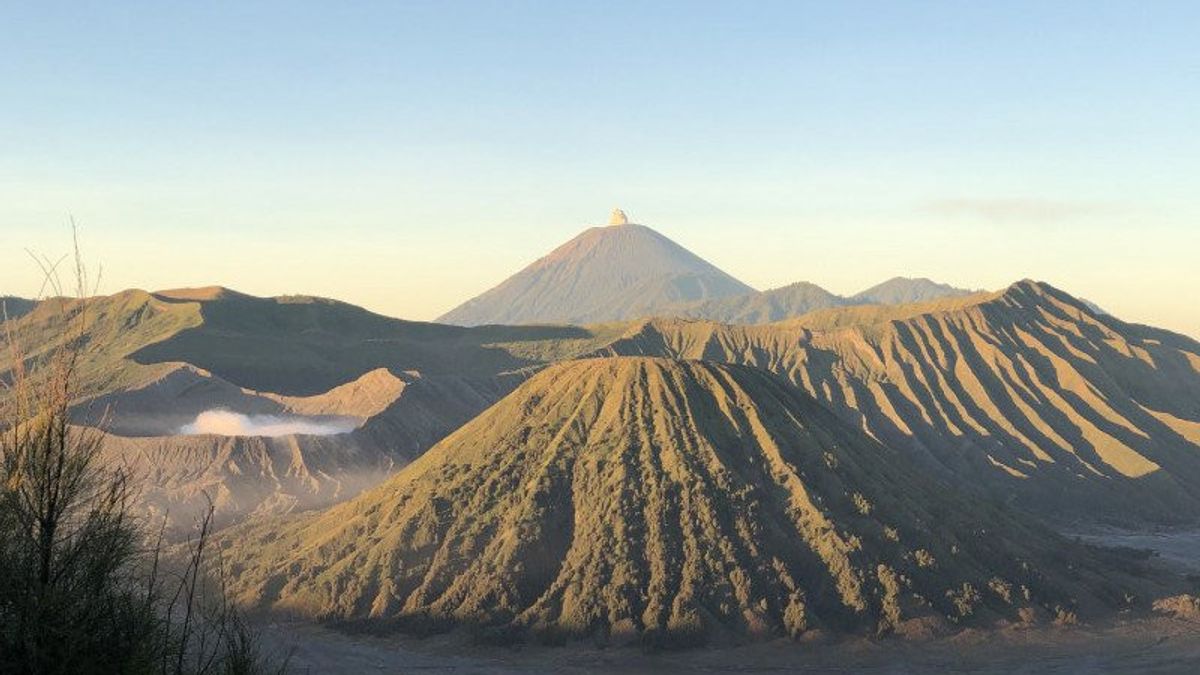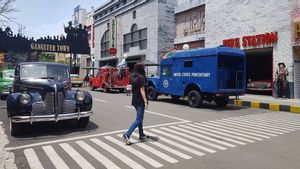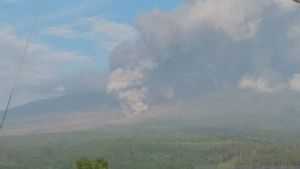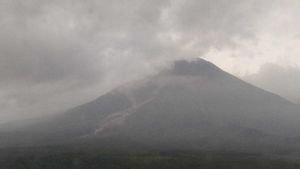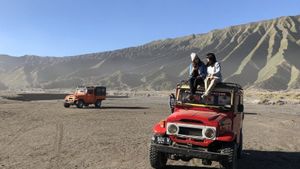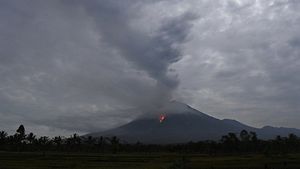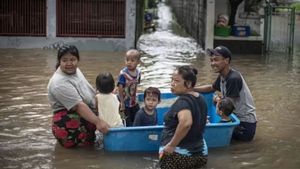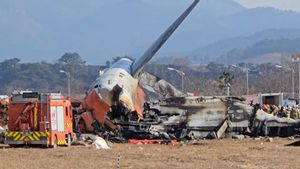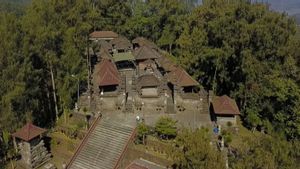JAKARTA - The Bromo Tengger Semeru National Park Center (BB-TNBTS) stated that starting April 1, 2021, the ascent of Mount Semeru in East Java was reopened after being closed since the end of 2020.
Head of the Bromo Tengger Semeru National Park Center Agus Budi Santosa said the decision to reopen the Mount Semeru climb was taken after a coordination meeting with all stakeholders was held.
"Ascent of Mount Semeru during the adaptation period for new habits in Bromo Tengger Semeru National Park, it will reopen on Thursday, April 1, 2021", Agus said in Malang City, East Java, Tuesday, March 30.
Agus explained that the TNBTS Center has implemented a number of requirements for the opening of the Mount Semeru climbing route this time. First, climbers are required to apply the climbing procedure for Mount Semeru during the adaptation period for new habits in TNBTS.
Then, continued Agus, purchasing a climbing entrance ticket can only be done online or online booking via the https://bookingsemeru.bromotenggersemeru.org/ site, and the number of climbers is limited.
"The agreed climbing quota is 180 people per day or 30 percent of the carrying capacity", said Agus.
SEE ALSO:
In addition, added Agus, climbing time for climbers is limited to three days and two nights. The maximum climbing allowed is only in the Kalimati area.
"For the climbing city, monitoring and evaluation will be carried out in the following month", said Agus.
The climb of Mount Semeru was temporarily closed on November 29, 2020, due to increased activity on the mountain which has a height of 3.676 meters above sea level (masl).
At that time, the highest mountain on the island of Java erupted and released incandescent lava with a sliding distance of up to 1.000 meters. As a result of this increased activity, hundreds of residents living on the slopes of Mount Semeru, in Lumajang Regency, East Java, had to evacuate.
On December 30, 2020, the Bromo Tengger Semeru National Park Center finally decided to completely close the climb of Mount Semeru, due to bad weather conditions that occur in the East Java region and could endanger the safety of climbers.
The English, Chinese, Japanese, Arabic, and French versions are automatically generated by the AI. So there may still be inaccuracies in translating, please always see Indonesian as our main language. (system supported by DigitalSiber.id)
